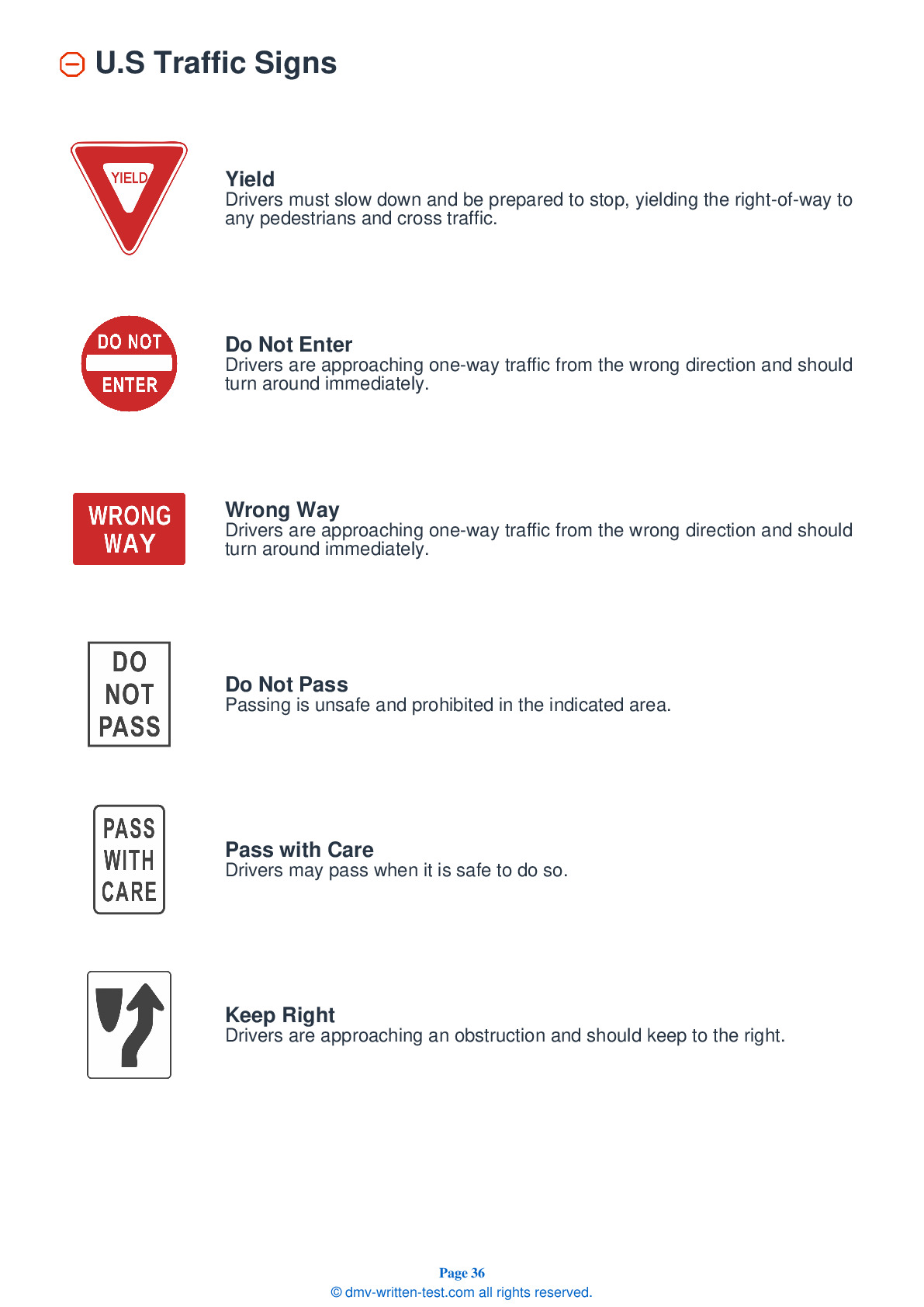2025 Nebraska Motorcycle Permit Test 5
The following questions are from real DMV written motorcycle permit tests. These are some of the actual permit questions you will face in Nebraska when getting your motorcycle learners permit. Each motorcycle theory practice test question has three answer choices. Select one answer for each question and select "grade this section." You can find this button at the bottom of the drivers license quiz. For a complete list of questions and answers for Nebraska please visit https://cheat-sheets.dmv-written-test.com/en/nebraska/motorcycle.
Number of Tests
Number of Question
Passing Score
7. Oil drippings and debris often collect in ______ of a lane.
Explanation
Oil drippings and debris from cars and trucks often collect in the center portion of a lane.
8. During normal turns:
Explanation
In a normal turn, the rider and the motorcycle should lean together at the same angle. In a slow, tight turn, the motorcycle should lean while the rider counterbalances by keeping their body upright.
9. The normal recommended following distance should be extended if:
Explanation
An expanded cushion of space is needed if your motorcycle will take longer than normal to stop. If the pavement is slippery, if you cannot see through the vehicle ahead of you, or if traffic is heavy and another driver may try to squeeze in front of you, open up your following distance.
10. What does a traffic signal displaying a solid red arrow mean?

Explanation
A traffic signal displaying a solid red arrow has the same meaning as a red traffic light. Drivers must come to a complete stop and wait for a traffic signal that allows them to turn in their desired direction.
11. Anti-Lock Braking Systems (ABS) are designed to:
Explanation
Some motorcycles are equipped with an Anti-Lock Braking System (ABS). ABS is designed to prevent skidding and wheel lock-up when motorcyclists are stopping in straight-line, panic situations. ABS operates when maximum pressure is applied to both the front and rear brake controls. If electronic sensors detect the possibility of a wheel lock, brake hydraulic pressure is released then re-applied to maintain maximum braking effectiveness.
12. You should flash your brake light to:
Explanation




